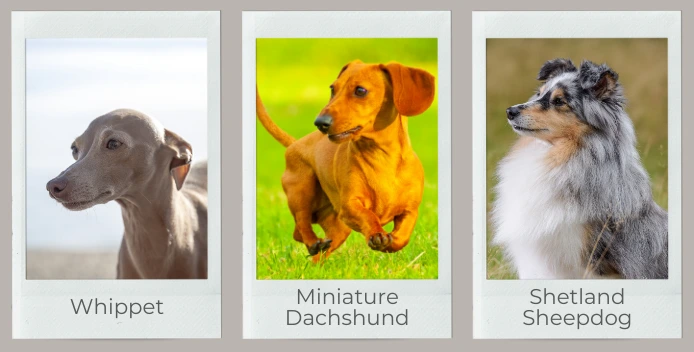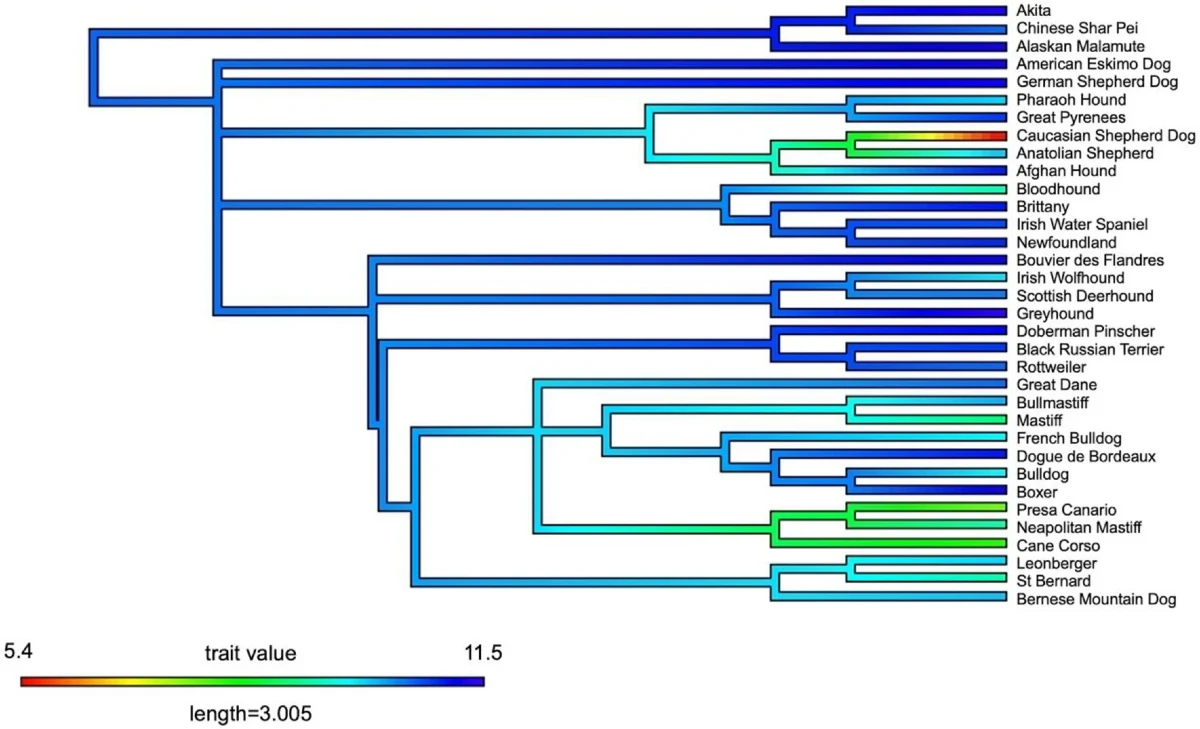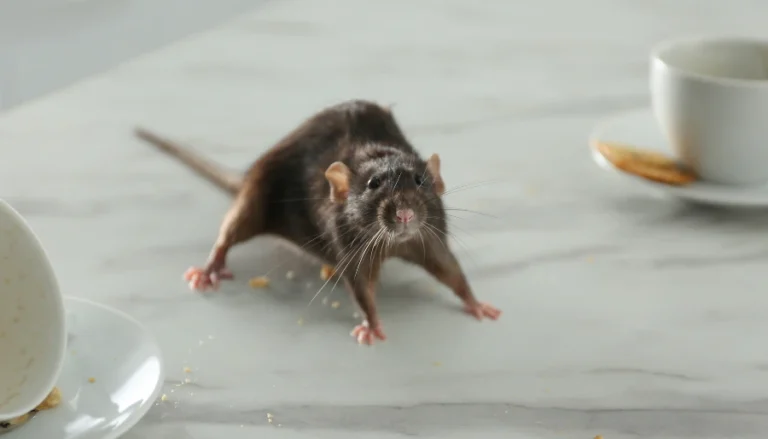In the charming and diverse world of canine companions, a recent study from the UK has shed light on a fascinating aspect of our furry friends’ lives: their longevity.
According to research published in Scientific Reports, it appears that the size and the shape of a dog’s nose could significantly predict how long they will grace us with their presence.
The study, encompassing data from over half a million dogs across more than 150 breeds, offers insights that could influence how pet owners, breeders, and veterinarians approach dog care and breeding.
Facing Canine Longevity
Led by Kirsten McMillan and her team, the research meticulously compiled a database of 584,734 dogs, drawing information from an array of UK sources such as breed registries, veterinary practices, pet insurance companies, animal welfare organizations, and academic bodies.
This extensive dataset included a variety of pure breeds and crossbreeds, with detailed records on each dog’s breed, sex, birthdate, and, if applicable, date of death.
The findings revealed a clear pattern: small, long-nosed breeds, also known as dolichocephalic breeds, such as the Whippet, Miniature Dachshund, and Shetland Sheepdog, boast the highest median life expectancies, reaching up to 13.3 years.

On the other end of the spectrum, medium-sized breeds with flat faces, or brachycephalic breeds, like the English Bulldog, showed the lowest median life expectancies, with males living around 9.1 years and females slightly longer at 9.6 years.

Implications for Popular Breeds
The study also zoomed in on the 12 most popular breeds, which make up more than half of the purebred population in the database. Notably, Labradors, Jack Russell Terriers, and Cavalier King Charles Spaniels were among these, with median life expectancies of 13.1 years, 13.3 years, and 11.8 years, respectively.
These figures underscore the importance of breed characteristics in determining lifespan, with variations even within the most beloved breeds.

Interestingly, the research indicated that purebred dogs tend to have a slightly higher median life expectancy (12.7 years) compared to crossbreeds (12.0 years), challenging the common belief in the superior health of mixed-breed dogs. Of course, purebred dog owners are more likely to take their canine into the vet more frequently allowing for wellness checks and preventative treatments, which likely skews the data on this particular topic.
Additionally, female dogs were found to live slightly longer than males (much like humans), with median life expectancies of 12.7 years and 12.4 years, respectively.
More To Discover
- Breakthrough Drug Could Deliver Longer Lives for Our Big Dogs
- New Pup on the Block: Ultimate Guide To Introducing Your New Puppy To Your Older Resident Dog (Helpful Examples Included)
- Creating a Cozy Canine Haven: The Ultimate Guide to Choosing and Setting Up Your Dog’s Perfect Crate
- The Case Against Declawing Cats: Understanding the Disadvantages, Inhumanity, and Global Perspectives

A Call for Further Research
While the study provides compelling evidence on the influence of physical characteristics on canine longevity, the authors stress that their findings are specific to UK dogs. They also highlight the need for future research to focus on “designer breeds” like Labradoodles and Cockapoos, which could have different levels of genetic diversity compared to traditional mongrels.
This study not only enriches our understanding of the factors affecting dog longevity but also serves as a crucial resource for those involved in canine welfare. By acknowledging the role of breed characteristics in health and lifespan, pet owners and professionals can make informed decisions that promote the well-being of these beloved animals.






















